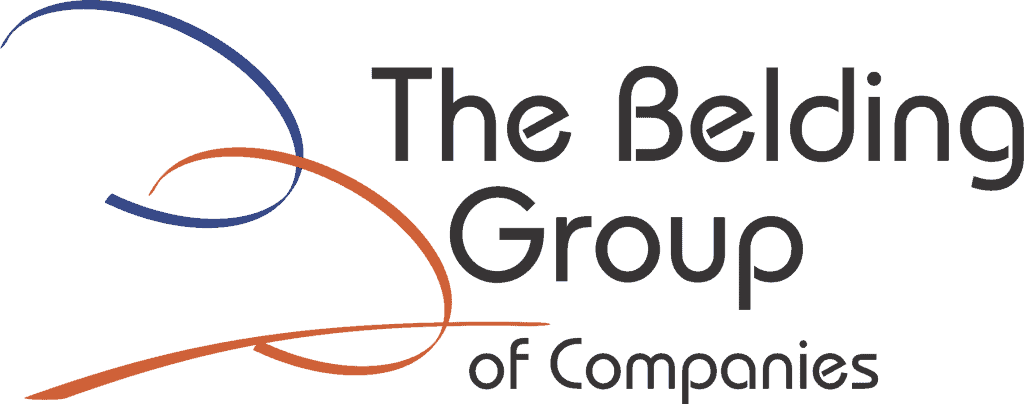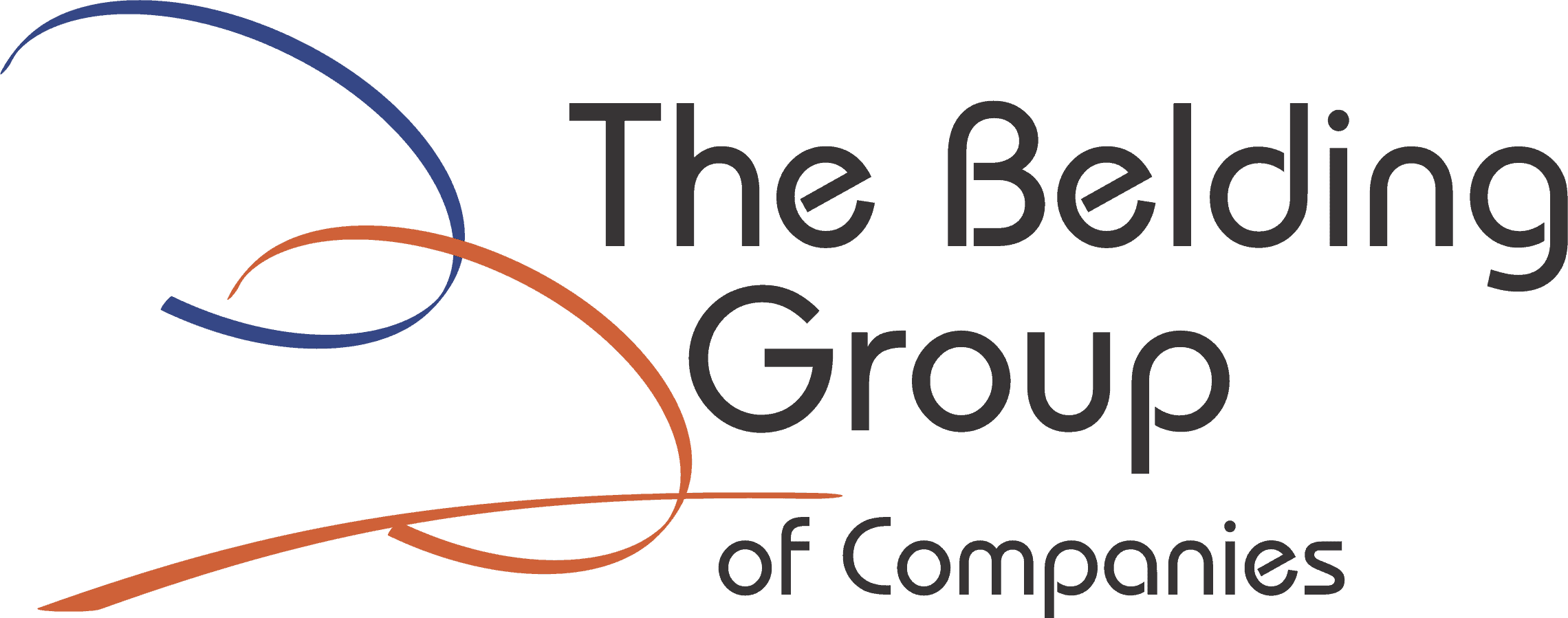
Two Leadership Myths That Are Hurting Your Team
There’s a famous old quip, “I only have one nerve left, and you’re getting on it.” It is a perfect description for the current emotional state of many, if not all, of your employees.
When the pandemic hit the world underwent dramatic changes, and the relentless, ongoing assault of negative stimuli is continuing to this day. The result is that your employees, like most, are in various stages of emotional exhaustion brought about by chronic stress.
Have you found that your employees aren’t as productive as they used to be, or that they are struggling to adopt or adjust to new processes? Perhaps not as responsive to customers or colleagues as they used to be — or as empathetic? Those are just some of the signs of chronic stress and emotional exhaustion.
What can you do about it? Well, as a leader, you first have to abandon these two myths:
Myth #1: Chronic stress isn’t really a thing
Wrong. It’s serious, it’s not your employees’ fault, and it’s not going to just go away. Most importantly, if you approach it with a dismissive attitude, you’re in for a world of leadership hurt.
It’s not a matter of hoping employees will just ‘snap out of it.’ Emotional exhaustion is a very real and serious mental condition. Think of this analogy:
Imagine approaching someone who just completed an Iron Man competition — having just run 26.22 miles, cycled 116 miles and swum 2.4 miles — and asking them to go for a leisurely one-mile walk with you. Even if they wanted to, chances are they would be far too exhausted to agree to it. That is the same thing that happens to the brain when under chronic stress. It reaches a point where there is simply little or no more adaptive energy left.
Myth #2: There is no real reason to change my or my organization’s approach
Really wrong. Leaders and organizations need to reorganize priorities in order to succeed. There are things you can, and should, start doing right now to protect your human assets and your company.
Yes, you still want productivity. You still want innovation and agility. You still want a customer focus and employee commitment. But it is pointless to focus on these things until your employees have the mental energy to deliver them. To extend the Iron Man analogy, you need to give an athlete some time to recover before asking them to go for a walk with you.
The leadership style you need to adopt is Adaptive Resilience Leadership (ARL).
Create a Safe Zone
The Safe Zone is a big part of Adaptive Resilience Leadership. Safe zones are workplaces where employees can recover their adaptive energy. Unlike the triathlete analogy, however, the Safe Zone isn’t about resting or relaxing. It’s about countering the existing negative stimuli in the workplace and replacing it with productive, restorative stimuli.
Remove the negative stimuli, create certainty and communicate
As much as possible, you need to remove the negative stimuli that is, even just at low levels, triggering the brain’s fight-or-flight mechanism. When the stimuli is gone, the brain stops telling the thyroid and adrenal glands to release hormones, and the body and brain have time to recover. Here are two things you can start with:
a) Avoid trigger words
Try to eliminate references to words that trigger negative emotional responses. During the pandemic, for example, common ones were: Covid, Coronavirus, Pandemic, Social distancing, etc.. Avoid them in meetings and discussions. We don’t want to pretend that these things don’t exist, of course, and we still need to ensure that our employees are following the best practices, but look for ways to effectively do this while minimizing these trigger words.
b) Promote a social media and traditional media-free workplace
Strongly encourage your employees to avoid non-business-related social media or traditional media during work hours. They are laden with content that will re-trigger the fight-or-flight response. When you explain the rationale to your employees, most will understand that you are trying to look out for their best interests.
c. Have a 6-minute huddle – every morning
Uncertainty is a powerful stressor which is, at the moment, all around us. The more predictable and stable you can make the workplace – particularly for those working remotely – the less stress will impact your employees. It begins with routine.
There is a lot of research pointing to the positive impact of routine on mental health, and it is something that you, as a leader, have a significant about of control over. One of the best ways to do this is with a daily 6-minute huddle. If you strictly follow the rules, including the 6-minute timeline and do it every single day, it becomes a welcome anchor, and the signal that the safe zone has begun.
d. Have meaningful, interesting check-ins
Daily check-ins are critical for people working from home. But be careful — if they aren’t interesting and meaningful, or if you do them too frequently during the day, they become annoying. One effective approach is to do check-ins with two employees at a time. Include two employees who may not otherwise work together so that you can begin creating new bonds and ties.
These are a good start
These will be a good start for creating your safe zone. Once you can remove the negative stimuli, create a degree of certainty and strengthen the connection, you have set the stage for brains and bodies to begin recovery. With the negative influence mitigated, the second part of ARL is filling the void with positive, forward-moving stimuli. That is where things can really take off, and we’ll be covering that next week









